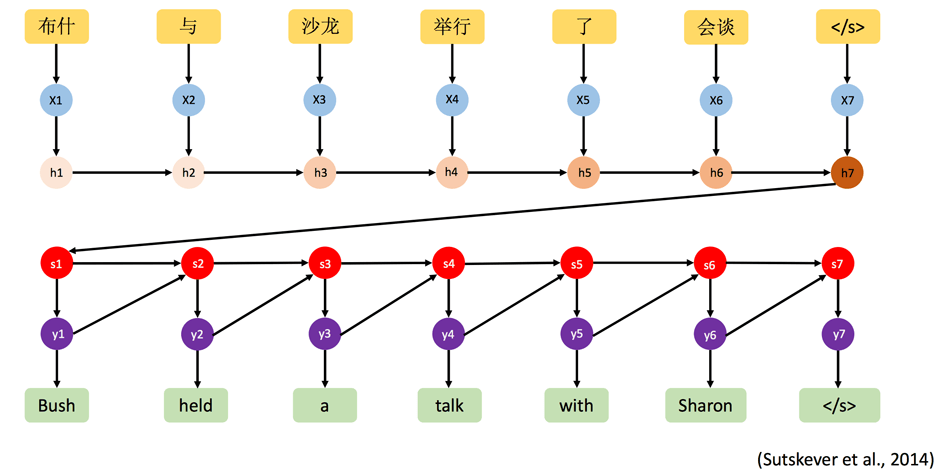5 reasons why you shouldn’t always rely on machine translation
Machine translation (MT) has two big advantages: it’s quick and it’s cheap. But be careful. Although this technology allows you to translate swathes of information in an instant, it does have its downsides. In this post, we explain why you shouldn’t always rely on machine translation.
What is machine translation?
Machine translation creates texts using enormous text corpuses available in multiple languages.
Originally, this service was deployed around 30 years ago by Microsoft, Apple and Google to enrich their documentary research systems.
However, the new technology soon became public and free for anyone to use. The result was that people could access content in a range of foreign languages as long as they weren’t too picky about quality.
For example, someone from Germany could use Google Translate, Reverso or Linguee to understand a Spanish restaurant menu.
But to spot when machine translation goes wrong, you need to know how it works.
How does machine translation work?
Neural machine translation is the most used kind.
It creates a digital representation of the source language phrase and converts it into a series of vectors (numbers). Then, mathematical functions turn this representation into a new series of vectors which produce the translated target language phrase.

If the translation is poor, linguists working on machine translation tool effectiveness correct the machine so it works better next time.
This method works especially well for manuals/publications that are updated annually. These texts generally have almost of the same segments as the previous version and the vocabulary hardly changes. In this scenario, machine translation can prove very useful.
However, if you want to translate a complicated text for the first time, a slogan or a tweet, the machines will struggle. They will have little to go on and won’t be able to transcreate the source text, which will produce an incorrect, incomplete or inappropriate translation. That’s the first downside of machine translation.
Why be suspicious of machine translation?
1. Machine translation gets things wrong
It’s a mistake to blindly trust machine translation.
Machines can still make grammatical errors, use incorrect phrasing and even add mistranslations.
The style of machine translation can also seem robotic. So, if you want your translations to sound attractive to an e-commerce audience, it’s best to use specialist translators.
2. Machine translation doesn’t consider local nuance
Machine translation tools don’t have human refinement.
This means they can’t translate a text into a specific dialect.
In other words, cultural differences and local sensitivities aren’t considered by the machines, which don’t understand the nuances or specifics of dialects. This can lead to misunderstandings, comprehension errors and/or accidentally insulting readers.
3. Machine translation vocabulary is limited
Want to translate a legal text? A text for doctors and/or pharmacists? A political text? In these situations, it can be risky to rely on machine translation.
Every field and organisation have their own unique words and expressions. Machine translation tools don’t have the same knowledge as a lawyer, politician or doctor with eight years’ experience under their belt.
If you want a highly technical text, we suggest you use a specialist translation agency.
At TextMaster, we offer translation services in the following fields:
- Websites
- Product catalogues (CMS, PIM and other connectors)
- Technical
- Marketing
- Legal
- Financial
- Tourism
- Fashion
- Luxury
- General
Top tip 💡
Facing an urgent deadline? We also offer urgent translation services.
4. Machines look at each phrase separately
One of the main reasons not to rely on machine translation is that it can’t take context into account. Machines translate phrases one by one without considering what goes before or after.
This can be a problem for pronominal references (where a phrase relates directly to the previous one).
But it can also be an issue when it comes to keeping the style consistent throughout a text. Nothing is forcing machines to use the same register (formal/informal) or style everywhere.
5. Machine translation doesn’t do keyword optimisation
Google Translate just isn’t SEO-friendly. Keywords and word groups aren’t always maintained by machines and keywords may not be relevant to target readers.
What’s more, if your website content is mainly generated by machines, it may not be indexed by SERPs. Because search engines don’t like machine-translated content, your ranking and traffic may suffer. So, it’s not a good idea to publish texts translated by a machine without having them edited first.
The benefits of machine translation
Machine translation can be very useful for understanding a simple text or communicating with your Airbnb host abroad.
And it’s sometimes used for much more. Translation professionals often harness this technology to become more efficient.
For example, TextMaster translators use PEMT (post-edited machine translation) and translation memories to help them work faster. But that’s not all! Combining machine translation with human intelligence leads to improved quality and consistent content.
Find out more in our complete guide to AI, ChatGPT and translation.







